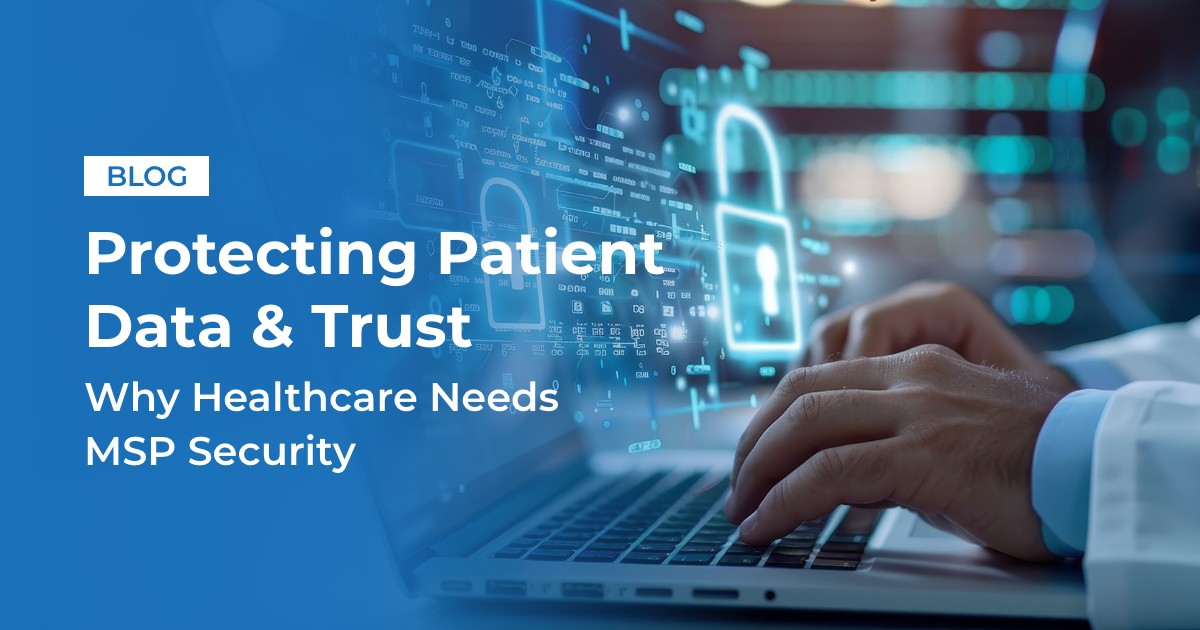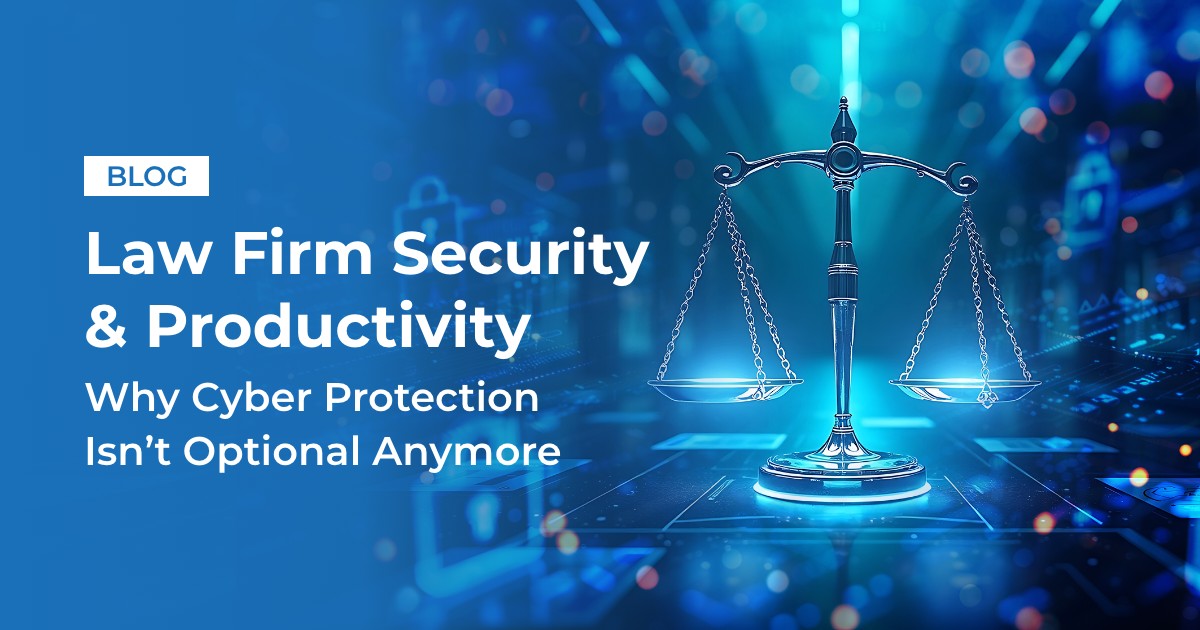As 2018 comes to an end, there are several Microsoft products you should consider upgrading to avoid support gaps in 2020, including Windows Server 2008, Windows SBS 2011, SQL Server 2008, Exchange 2010 and Windows 7. Simply put, Microsoft will stop sending security updates for these products after January 14, 2020. In other words, if you’re still using these products after their end of support date, your data will no longer be protected from new threats. With data breaches on the rise, that’s a scary thought.
Why won’t I be fully protected?
Basically, without getting too granular, every Microsoft product — including Windows Server 2008, Windows SBS 2011, SQL Server 2008, Exchange 2010 and Windows 7 — has a lifecycle. A product’s lifecycle begins on the product’s release date and ends when support is discontinued. Throughout a product’s lifecycle, Microsoft offers its customers varying degrees of support and deploys security updates to patch bugs. After a product’s lifecycle, Microsoft ceases all technical assistance and automatic updates for the product.
You’re probably wondering the following: Why do Microsoft’s products have life cycles? For the Redmond, WA-based technology giant, discontinuing support for products enables it to “investment on supporting newer technologies and great new experiences.”
Again, it’s important for you to remember this: After a product’s lifecycle, you can still use the product; however, your PC will be more vulnerable to security risks and viruses.
What should I do next year to prepare for the end of support in 2020?
Unless you work at an IT solutions provider, you’re probably not familiar with product lifecycles, so the good news for you is after this reading article, you’ll already be ahead of the game. Besides being educated on Microsoft’s product lifecycles, though, there are other steps you should take to prepare yourself for products ending support in 2020.
To avoid disruption, you’ll want to investigate what, if any, infrastructure modernizations your business requires. In order to keep your data protected after your product’s lifecycle ends, you’ll need to upgrade your software to a newer version ahead of time; however, you won’t be able to do so if the systems you already have in place aren’t compatible with the new software, so it’s essential you begin modernizing your infrastructure as soon as possible to avoid any support gaps between product upgrades.
While, yes, there are costs associated with modernizing your infrastructure, the longer you wait to upgrade, the more money you’ll spend on maintaining legacy systems over time. Now is a great time to plan a migration using funds from this year to prepare for next year. While we’re not tax experts, Section 179 of the IRS tax code allows you to expense these types of investments in the year they occur, so a good fiscal year could have your tax team looking for places that will help the organization yet reduce expenses, but always consult your tax experts on how you can best utilize Section 179.
How can we help you keep your business protected?
It’s our job as an IT solutions provider to not only keep you informed of when product life cycles are ending but provide you with a roadmap of how we’re going to assist you with modernizing your infrastructure to ensure there are no support gaps when upgrading to newer versions of the software. Don’t go about trying to modernize your infrastructure alone, especially if you haven’t already given it a thought. Give us the opportunity to evaluate your current infrastructure and provide our recommendations.
Instead of scrambling to modernize your infrastructure at year-end 2019 to update Microsoft products ending support in 2020, begin evaluating your infrastructure’s needs today to avoid stress down the road. Don’t leave yourself open to vulnerabilities in 2020.





